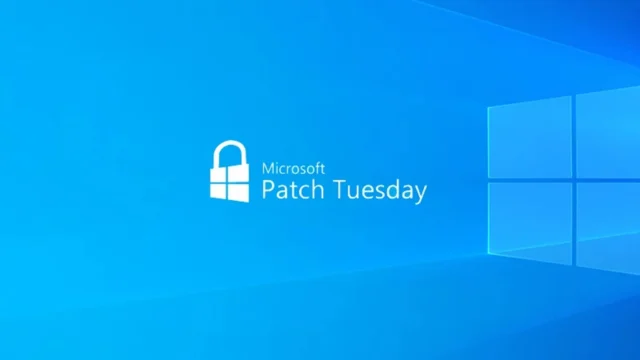
In a significant move to bolster cybersecurity, Microsoft’s latest Patch Tuesday rollout in March addressed a sweeping array of vulnerabilities, showcasing the tech giant’s unwavering commitment to digital safety. This month’s updates were particularly noteworthy for addressing critical flaws in Windows Kerberos and Hyper-V, alongside a diverse range of vulnerabilities across Microsoft’s product suite.
Key Highlights:
- Fixes for Critical Vulnerabilities: At the heart of this month’s updates are fixes for 49 CVE-numbered vulnerabilities, including critical issues in Windows Kerberos and Hyper-V. These vulnerabilities, if exploited, could allow attackers to execute code remotely or impersonate Windows’ Kerberos server.
- Zero-Day Vulnerabilities: The update also addressed two zero-day vulnerabilities, CVE-2023-23397 and CVE-2023-24880, with the former being exploited in targeted attacks by Russian hacking group APT28 against European organizations.
- Comprehensive Security Enhancements: Beyond the critical and zero-day fixes, the updates covered a wide range of issues across Microsoft Dynamics, Microsoft Edge, and more, totaling 101 vulnerabilities patched.
- Prioritization and Recommendations: Microsoft has urged administrators to prioritize patches for vulnerabilities with serious risks of remote code execution, especially those in Windows Kerberos and Hyper-V, due to their potential impact.
Vulnerability Details:
- Windows Kerberos Flaw: CVE-2024-20674, a security feature bypass vulnerability, could allow unauthenticated attackers to impersonate the Kerberos server via MITM or network spoofing techniques.
- Hyper-V Vulnerability: CVE-2024-20700, a remote code execution flaw, requires attackers to navigate a race condition, making exploitation more challenging yet feasible, as demonstrated in past successful attacks.
- SharePoint Server RCE: CVE-2024-21318, singled out by experts, could potentially allow attackers with specific privileges to access sensitive files, underscoring the need for prompt patching.
- Broader Impact: Other vulnerabilities, while less severe, span across various functionalities and products, highlighting the diverse security challenges faced by organizations.
Microsoft’s proactive stance in addressing these vulnerabilities underscores the critical nature of regular software updates as part of a comprehensive cybersecurity strategy. Administrators and users alike are encouraged to apply these updates promptly to safeguard their systems against potential threats.








